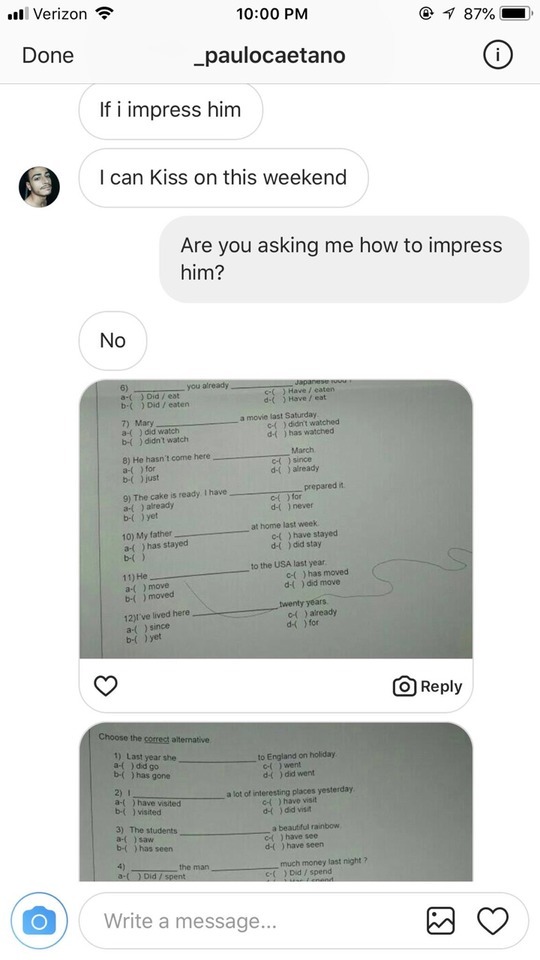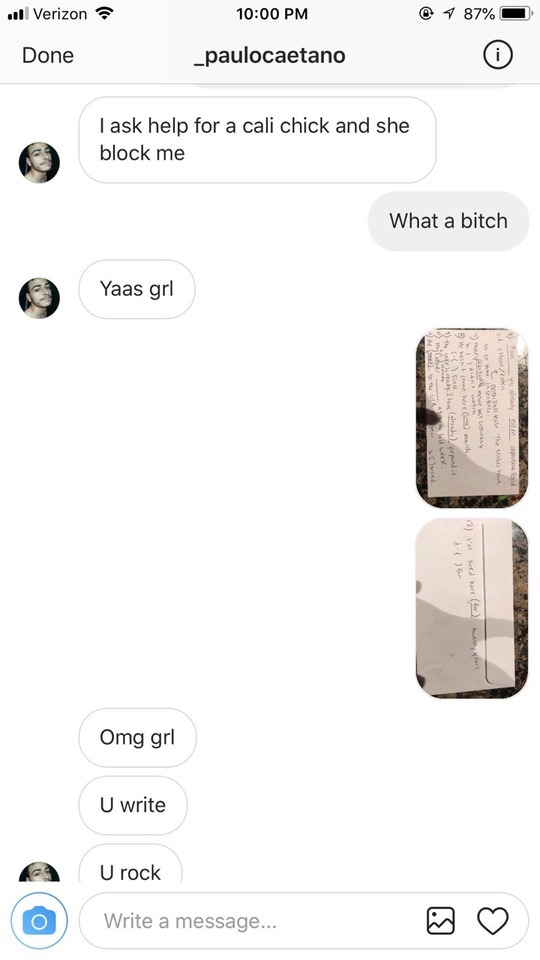Text
15.02.2025
No
STOP CREATING METROIDS!!!
X-PARASITES WERE NOT SUPPOSED TO HAVE PREDATORS
YEARS OF BIOENGINEERING yet NO SUCCESS in actually eradicating THE X
Wanted to get rid of an X-Infestation anyway? We had a solution for that: It was called "BLOWING UP THE PLANET"
"Yes, please give me a hostile alien form that can extract the life force of anything it touches. Please make it so that it can be cloned and mass produced incredibly easily" - Statements dreamed up by the utterly Deranged
LOOK at what the Chozo have been demanding your Respect for all this time, with all the science & technology the galaxy has achieved
(These are REAL creatures created by REAL Chozo):

"Hello I would like an army of those please"
They have played us for absolute fools
176 notes
·
View notes
Text

no h8 but thats an absurdly high number for this type of question. there's not an album on earth that I wouldn't listen to in one sitting for 20k. and if you need my qualifications on this I have adhd and Im kind of an art snob
28K notes
·
View notes
Text
Hey, don’t cry. Free online database of Japanese folk lore
80K notes
·
View notes
Text
tom walker ran a challenge for people to post vids of themselves watching his stream in the weirdest ways possible, and after all the 'turning the stream into ascii frame by frame and printing it out' and 'radioing it to a 1980s walkman' entries, this one took me out at the fucking knees
9K notes
·
View notes
Text
It’s uncanny how similar Trump is acting like Hitler. People are now doing the Nazi salute. They’re drawing the symbol. The KKK was seen in Kentucky asking people to join them. ICE has been ripping families apart. Companies have pulled back Diversity Initiatives. We’re no longer part of WHO and there won’t be any communication from the CDC at least until February 1st. We’re being censored and the news can’t be trusted. Thousands of Americans didn’t know there were protests against Trump yesterday outside the U.S. Quotes from The Handmaid’s Tale and Anne Frank have been compared to what’s going on right now.
According to The Lemkin Institute for Genocide Studies and Prevention the U.S. has officially been given a red flag alert for Genocide.
I’m exhausted but I will never stop being angry.
84K notes
·
View notes
Text
You should be able to say “don’t touch me” to anyone ever in any context and not have it be considered in the realm of surprising or insulting imho if we ever needed to normalize something it’s this
73K notes
·
View notes
Text
does anyone wanna hold hands until we feel a little braver
283K notes
·
View notes
Text
“Humans are inherently selfish--" Then why do so many cultures value hospitality, to the point of dictating it in their religions? Why is it so common for hosts to offer their visitors their best food, and as much of it as they can? At some point, multiple cultures decided that they knew what it felt like to be alone and vulnerable, and promised each other to never let those who stay with them feel that way. That doesn't sound very "inherently selfish" to me.
45K notes
·
View notes
Text
At work there used to be a sign on a few things that would say like "if this bubbles, run for your life" and "if you hear thumping run for cover" and "bears can and will kill you" and really in general I wish the park service was more willing to say "you are not at home, you are not at disneyland, you can die here and you can die so badly your family will have to bury an empty casket because no one will risk their own life to collect your idiot corpse."
54K notes
·
View notes
Text
I think American accents are cute I love hearing American cuties talking yes bitch show me how rhotic your rs are
154K notes
·
View notes
Photo






The psychiatrist who wrote the criteria for narcissism just made an extremely important point about what’s wrong with diagnosing Trump with mental disorders
Dr. Allen Frances says in speculating about Trump’s mental health, we are doing a disservice to those who do suffer from mental illness. In a series of tweets, he explained why he doesn’t think Trump is a narcissist — and how harmful it can be for us to keep assuming that he is.
118K notes
·
View notes









